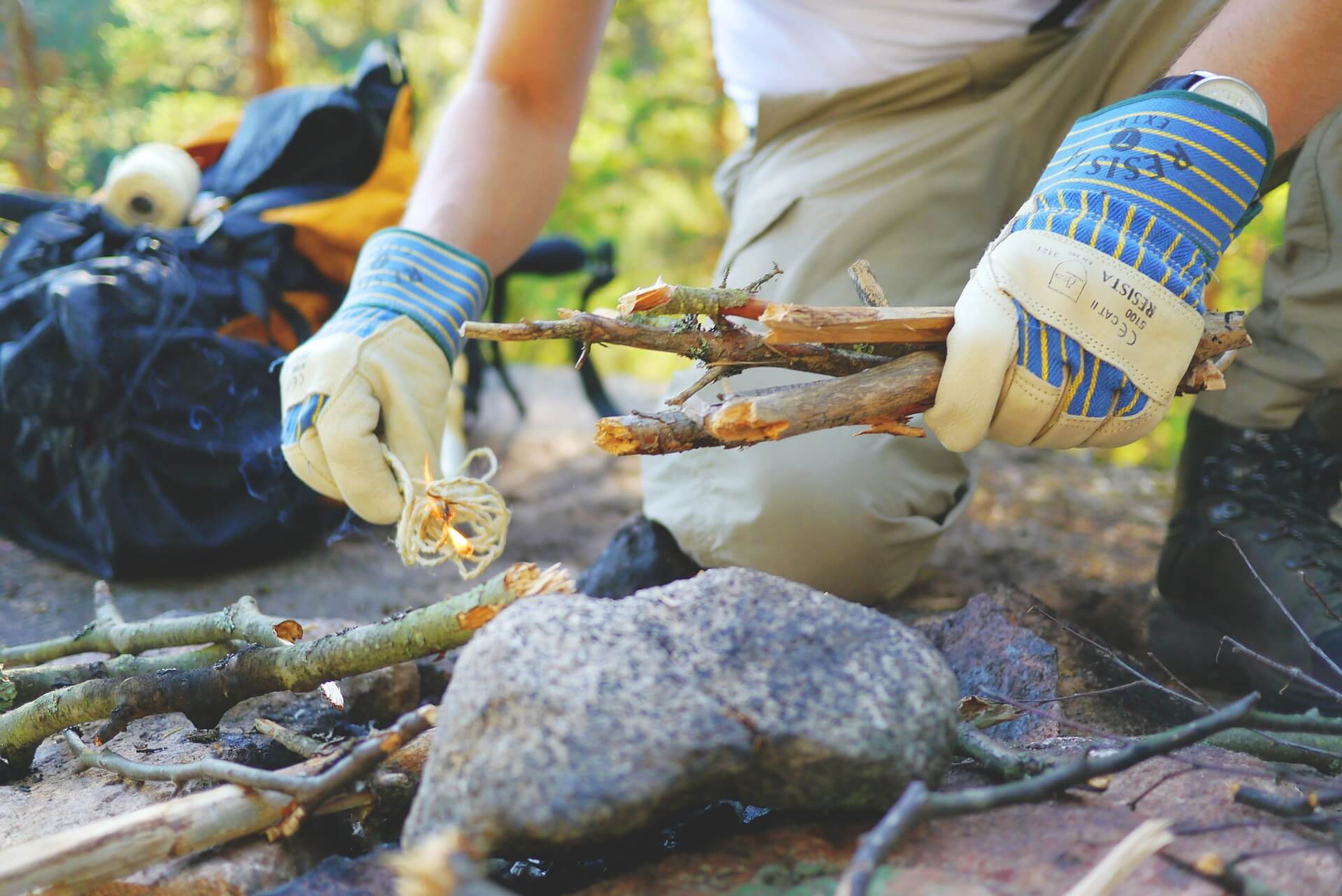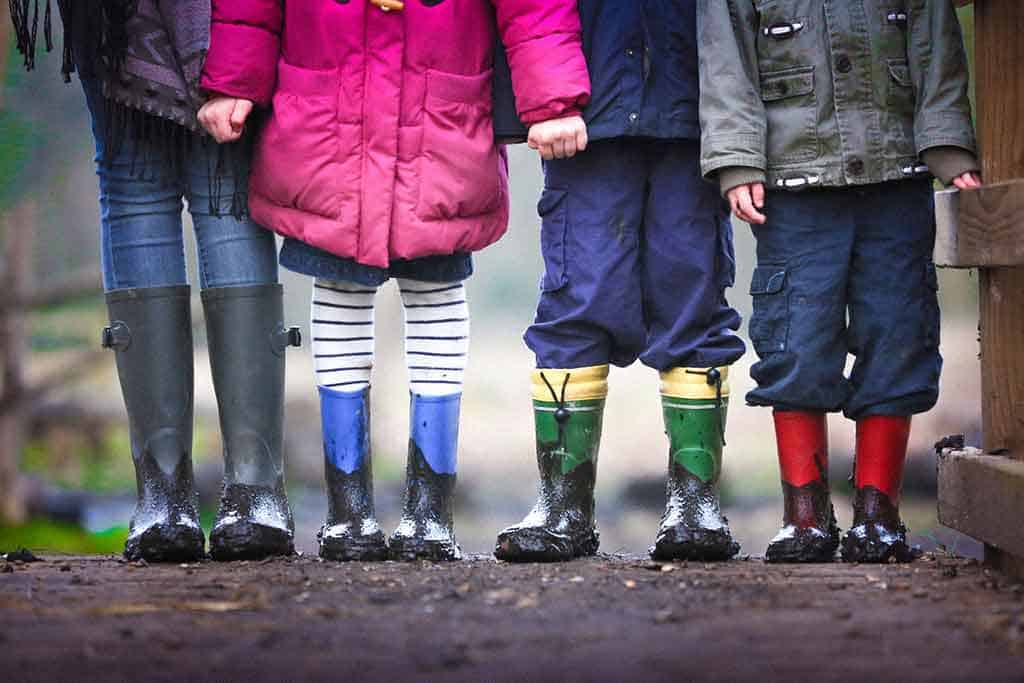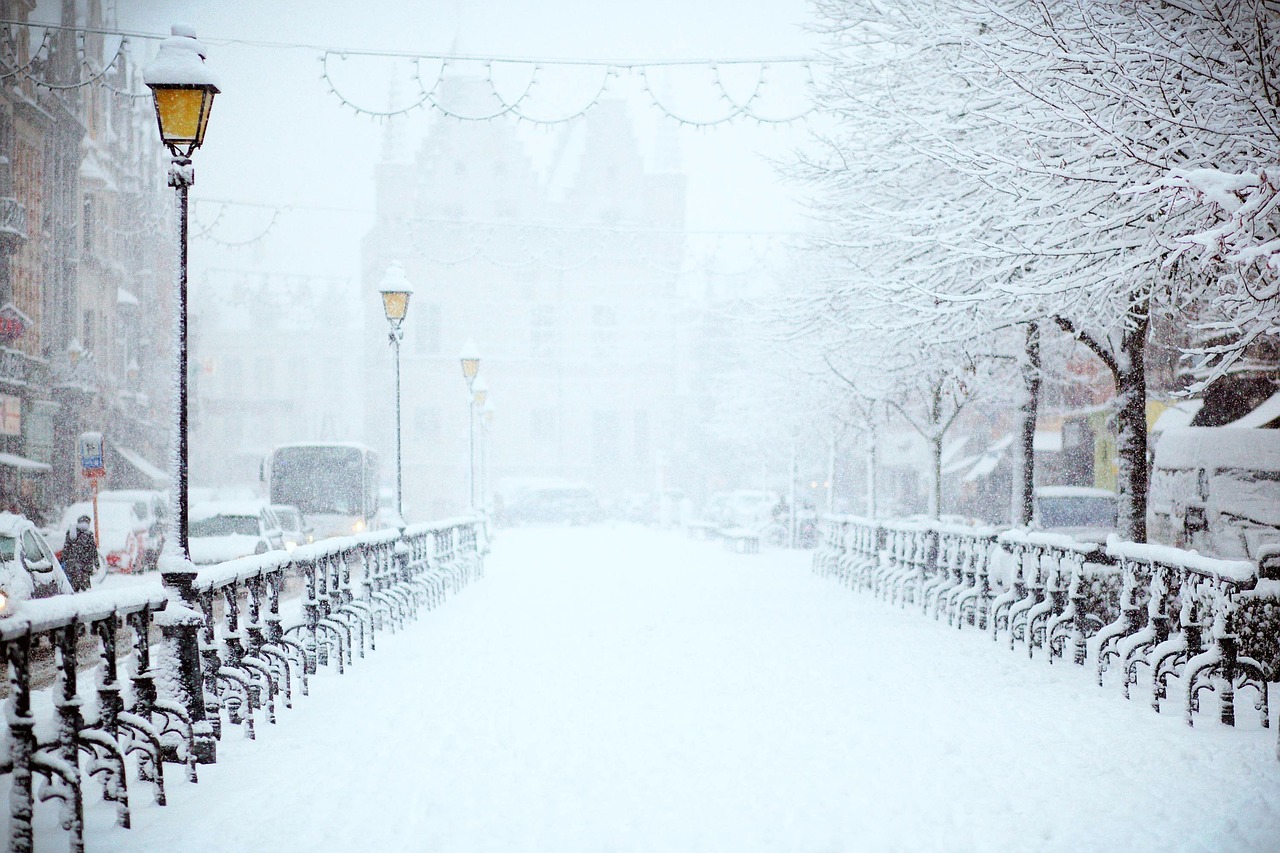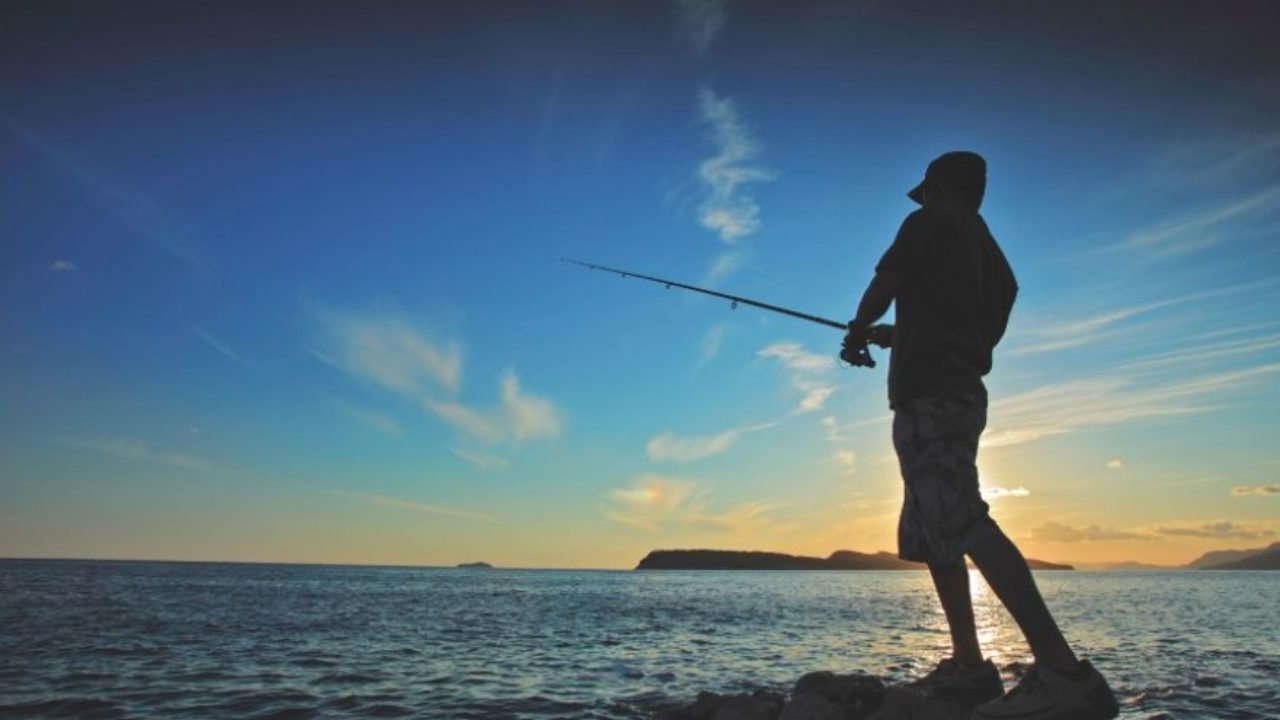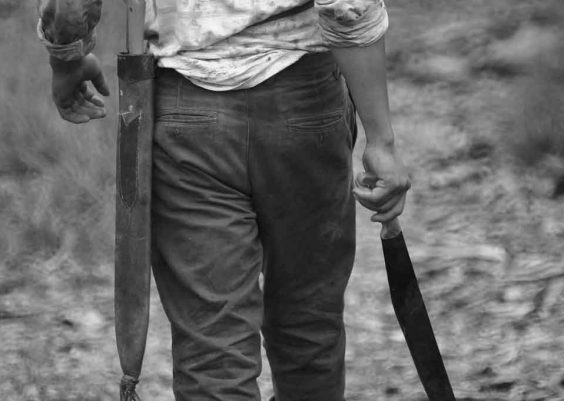One of the best things about camping has to be the pleasure of sitting around a campfire on a starry night, telling stories, roasting marshmallows and enjoying a cold beer (or hot cocoa) with family and friends! A campfire is for more than just atmosphere, though. You’ll use it to keep animals and insects from infringing on your space, to provide light, and yes to provide warmth when the wind is howling and you could really use more than your sleeping bag to keep the chill at bay.
That’s when knowing how to build and maintain a campfire really comes in handy — when you need it most. Here’s how to build an all-night campfire even when it’s wet, windy and raw outside.
Contents
1. First Things First: Gather Your Materials
If you want to build a campfire you’re gonna need fuel. First you will need some tinder, and if you’re prepared, you’ll bring some along. Some easy packable suggestions include: cotton balls smeared with petroleum jelly or dryer sheets. Both of which can be put in a small baggie and stored with your camping gear so they are always there when you need. You can also find tinder in nature, small twigs and dried needles or leaves work great!
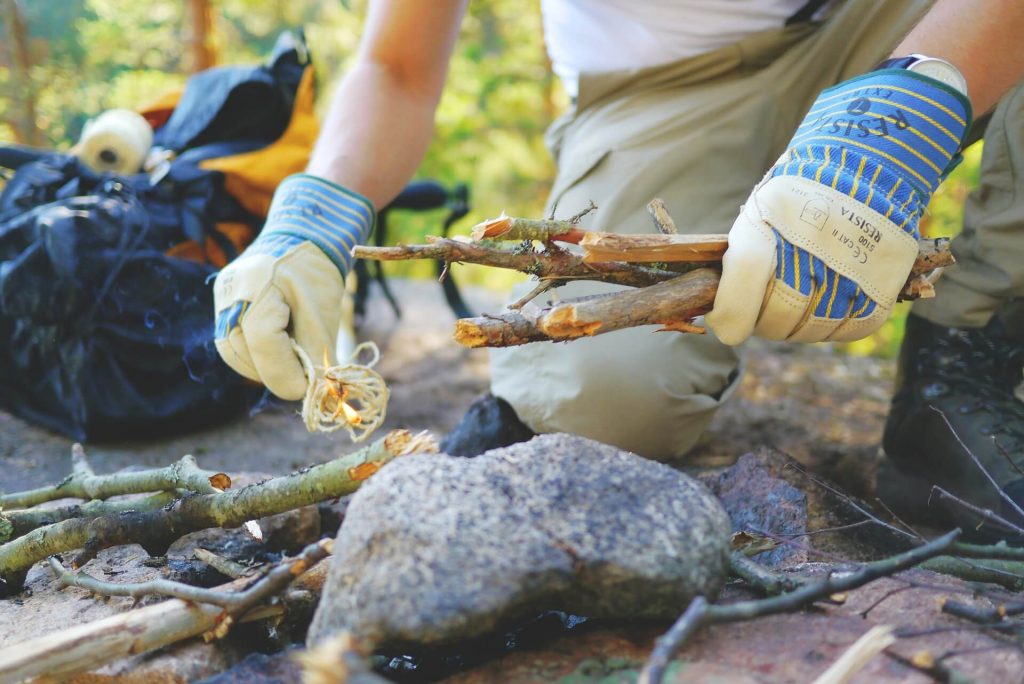
Now gather a couple of armloads of sticks, brush, pine needles, etc. to use as kindling. It’ll form the base of your campfire and a bed for your tinder. If it’s raining, look under the canopy for the driest stuff. If all you can find are wet sticks and twigs, use your pocket knife to remove the bark to expose drier wood.
Gather up a good pile of logs. You’ll need a pile as long as you are tall and about waist high to last all day and into then night. (Yeah, really!) Dry logs are preferable, but you can throw an occasional “green” log on once the fire is hot enough.
2. Fire Starter
Matches can be useless if they get wet or there’s a lot of wind and you may just end up frustrated and cold. If you carry a fire starter, like flint, you’ll be able to start a fire no matter how wet or windy it may be.
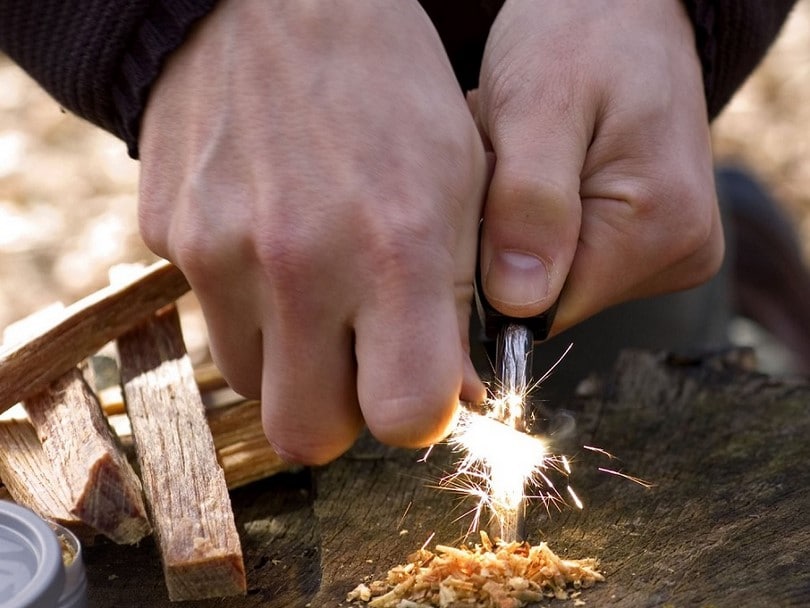
3. Clear Your Site
Clear out the fire pit of leaves, grass and other debris that can catch fire and spread. Make sure that you choose, or place your fire pit, in the most open space possible — away from trees and brush.
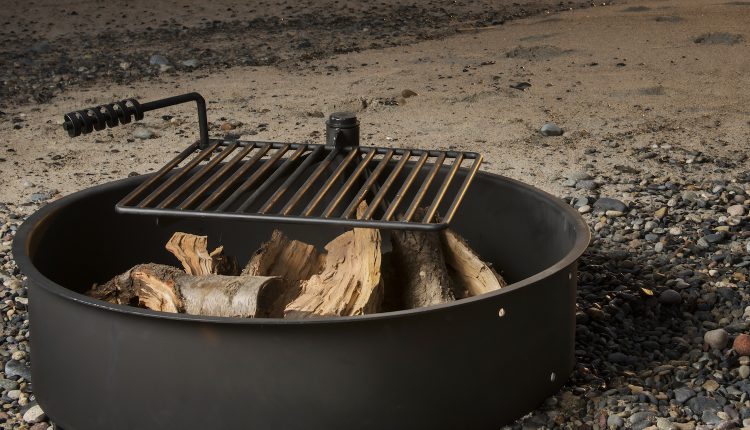
4. Build a Barrier
This step in only vital on a windy night in order to help your fire burn. Building a wall with rocks helps keep the fire contained and can help prevent you from getting too close (especially for small children) and will allow the fire continue to roar even when winds kick in.
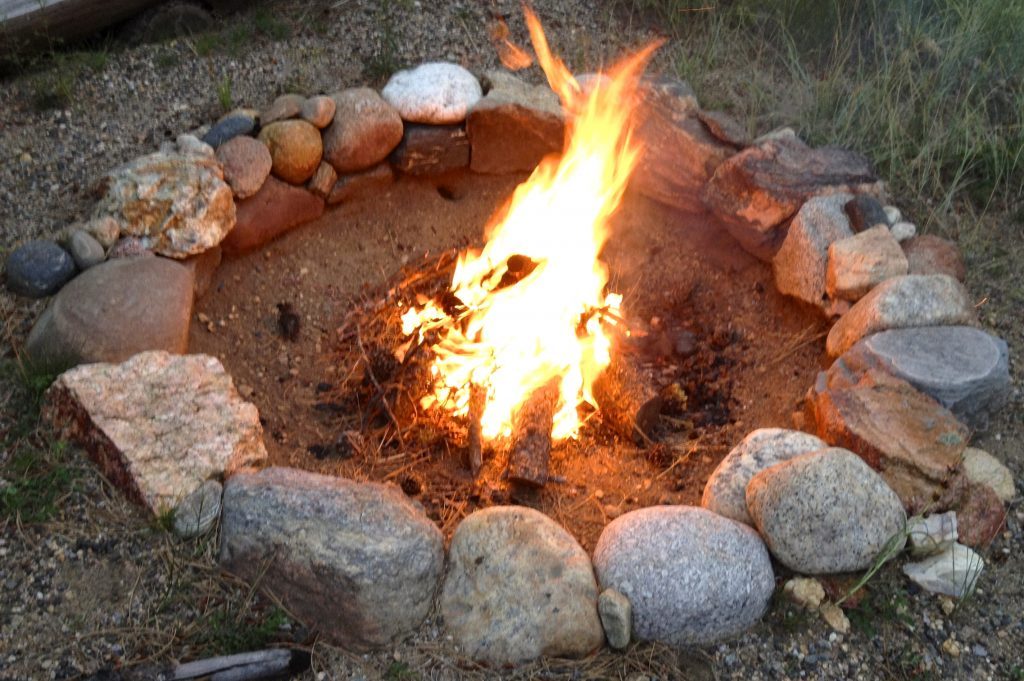
5. Make a Tepee
Place your kindling down first and then the tinder on top. Start to build a small teepee of logs around this, leaving plenty of room for oxygen to come in. Now, light the tinder. As the kindling and the larger logs begin to catch fire your can begin to build up your teepee. The idea is to make sure that air can circulate because the fire needs air to burn efficiently.
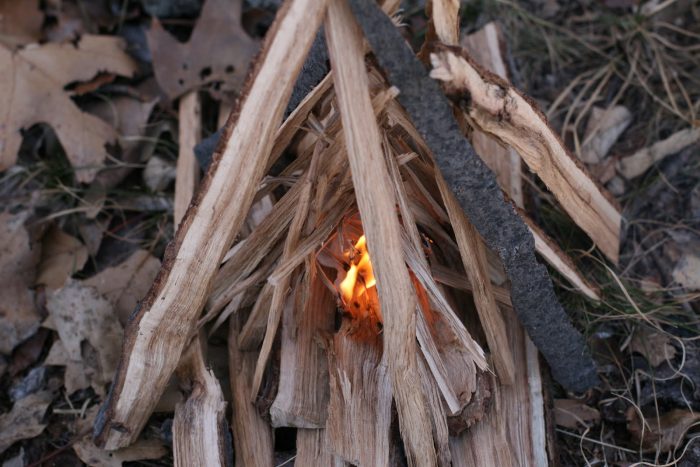
6. Feed and Repeat
This is why you needed all that wood — probably about twice as much as you thought you’d need. When the fire looks like it is slowing down (flames will begin to disappear and you’ll see mostly hot coals – perfect for cooking on), feel free to throw more logs on the fire to keep the night going!
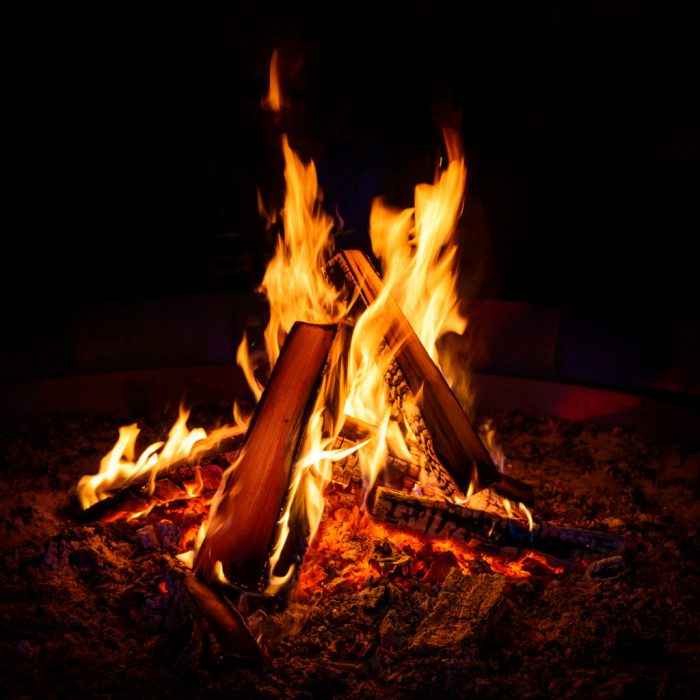
7. Douse and Stir, Then Douse Again
You’ll definitely want to make sure to be vigilant about not leaving your campsite with anything less than a cold, dead, used-to-be fire. Start early since it takes a while to really and truly extinguish a campfire. Empty your bucket of water (which should be nearby at all times for safety’s sake), slowly onto your campfire. Don’t just dump it on the fire and call it a day. Sprinkle the embers with water, stir, and then sprinkle and repeat. Don’t leave until you can hold the back of your hand near the ashes without feeling heat. There shouldn’t be any steam at the end either. Leave only when there’s no steam, hissing and absolutely no heat! If you want to be extra sure, don’t hesitate to ask a camp manager or park ranger if you’re in the clear.
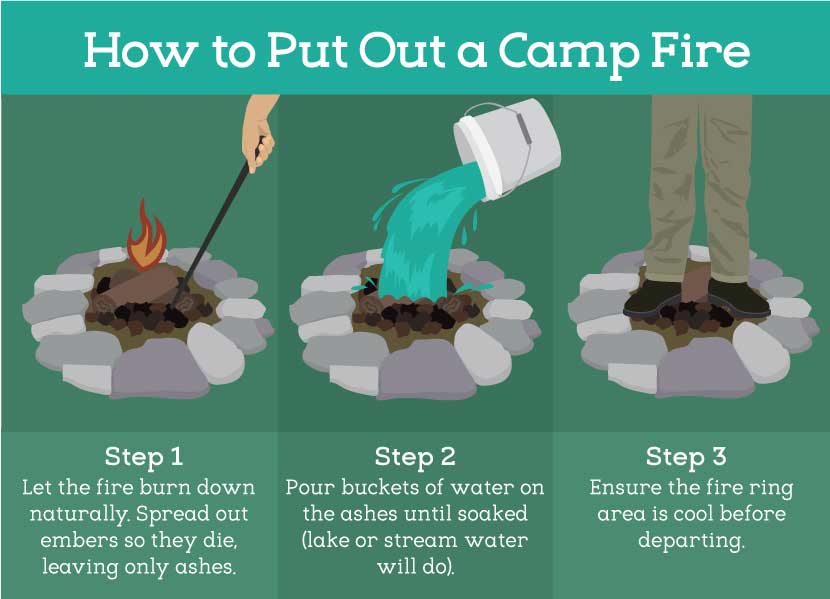
With these tips you’ll have a healthy campfire all night long to share with family and friends. Happy camping!
Last Updated on April 24, 2019
